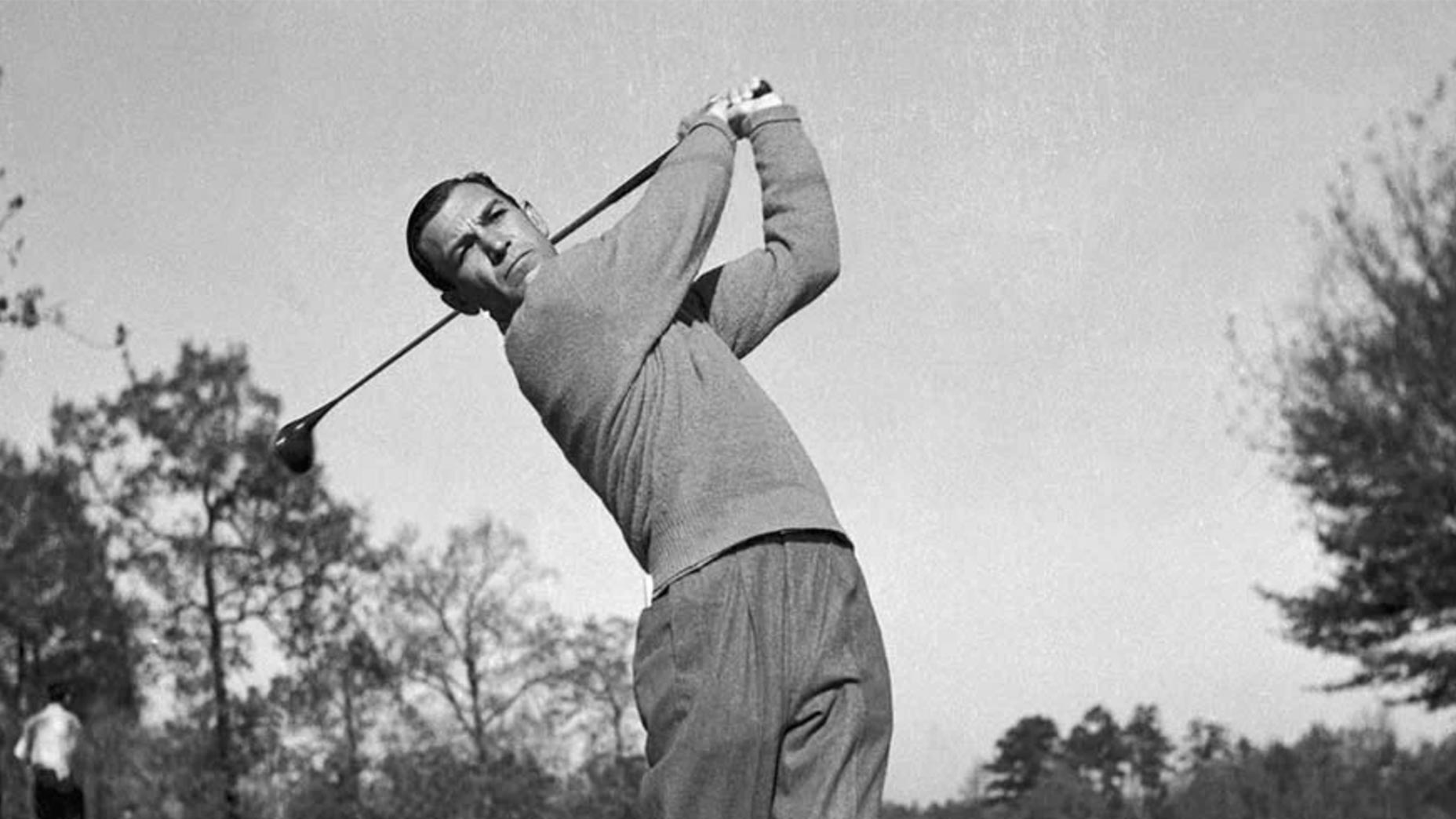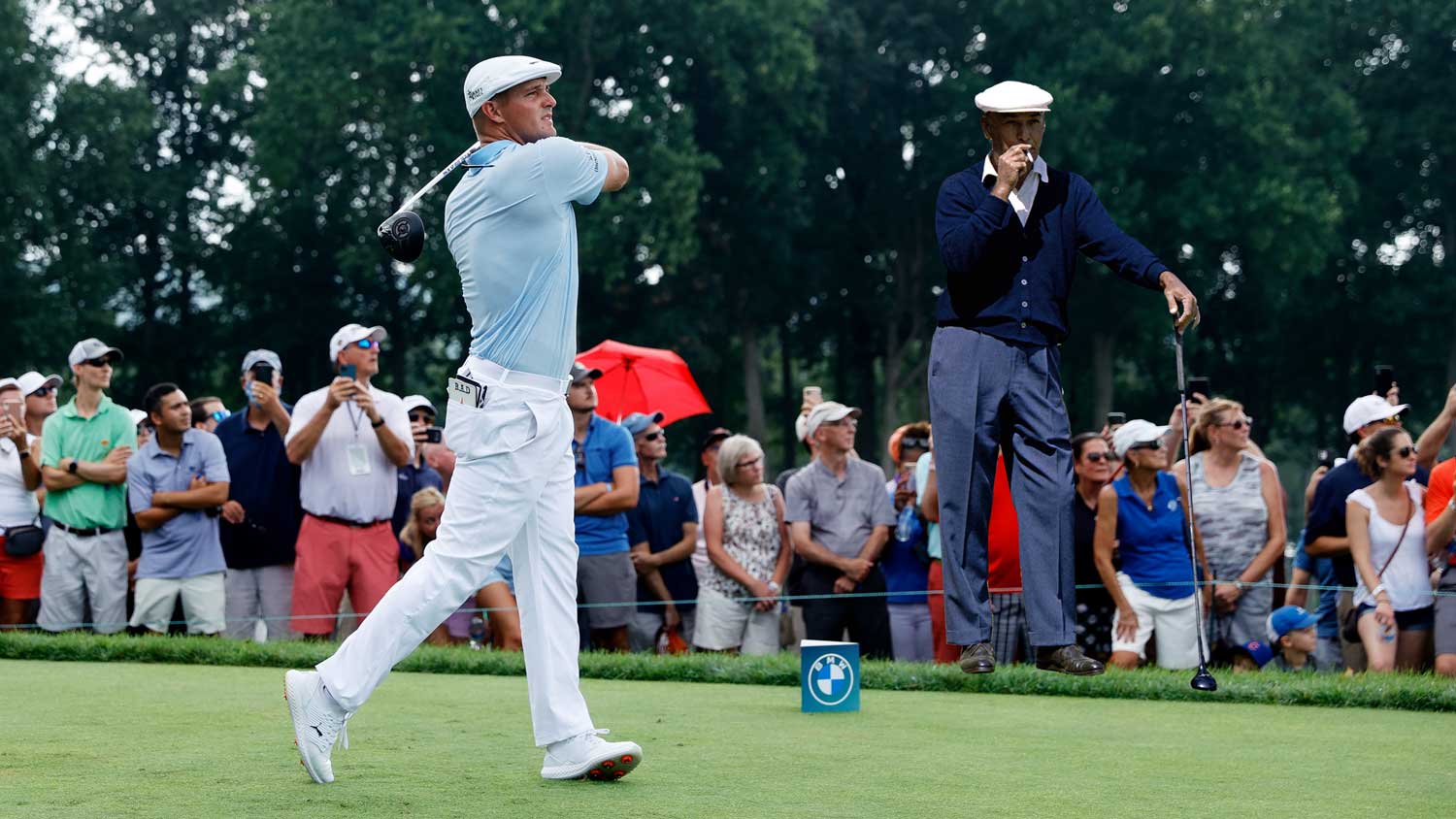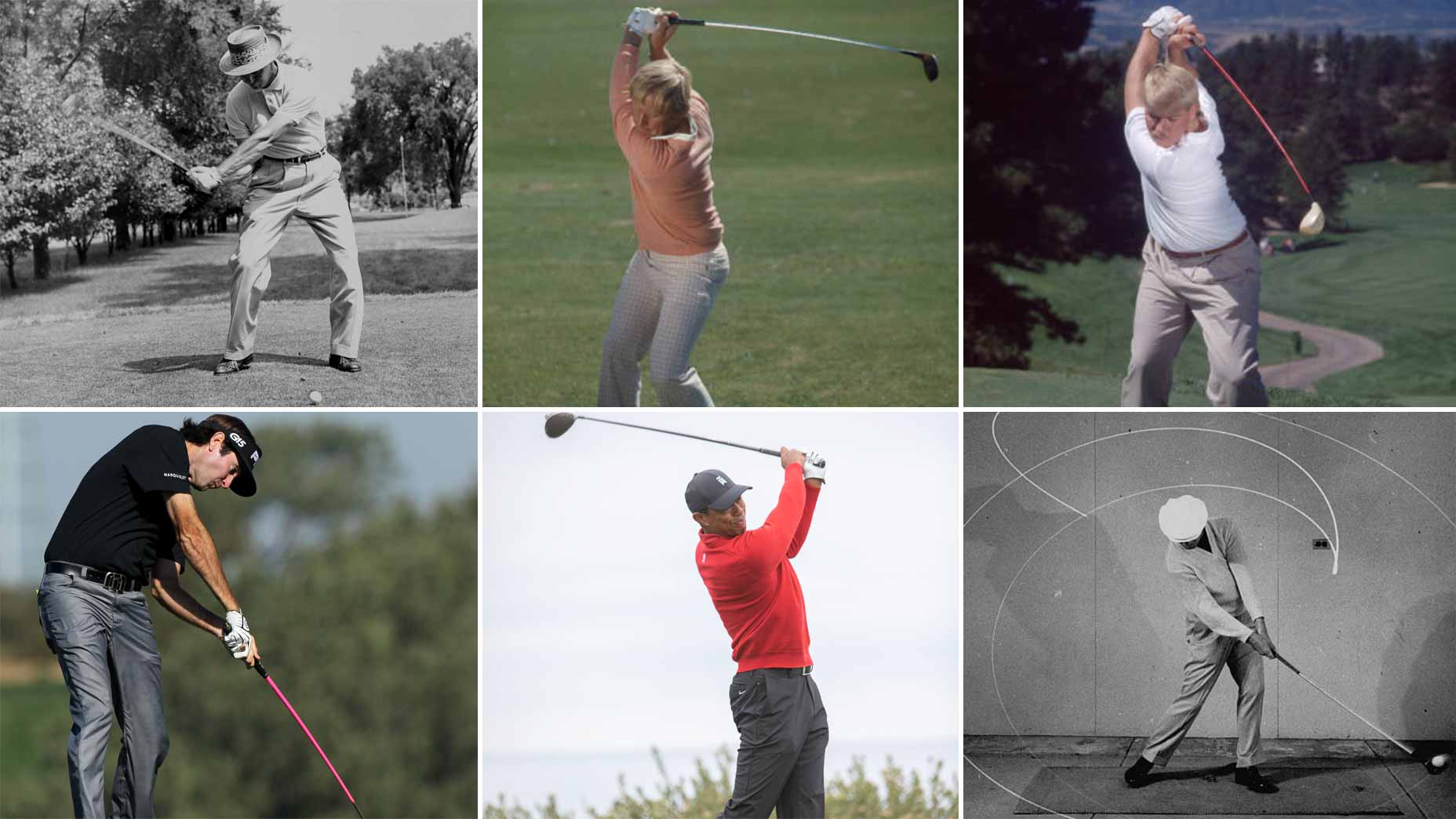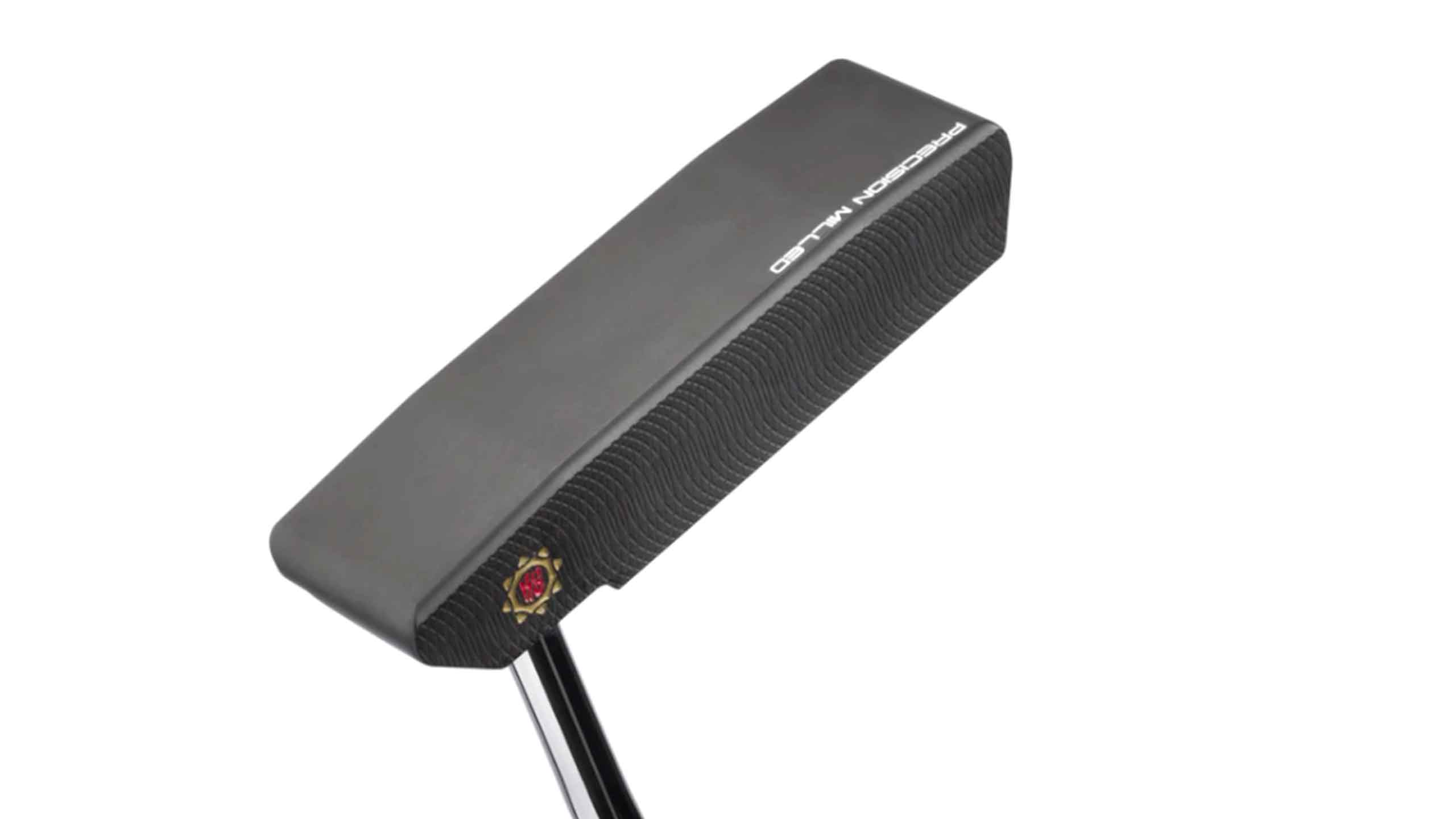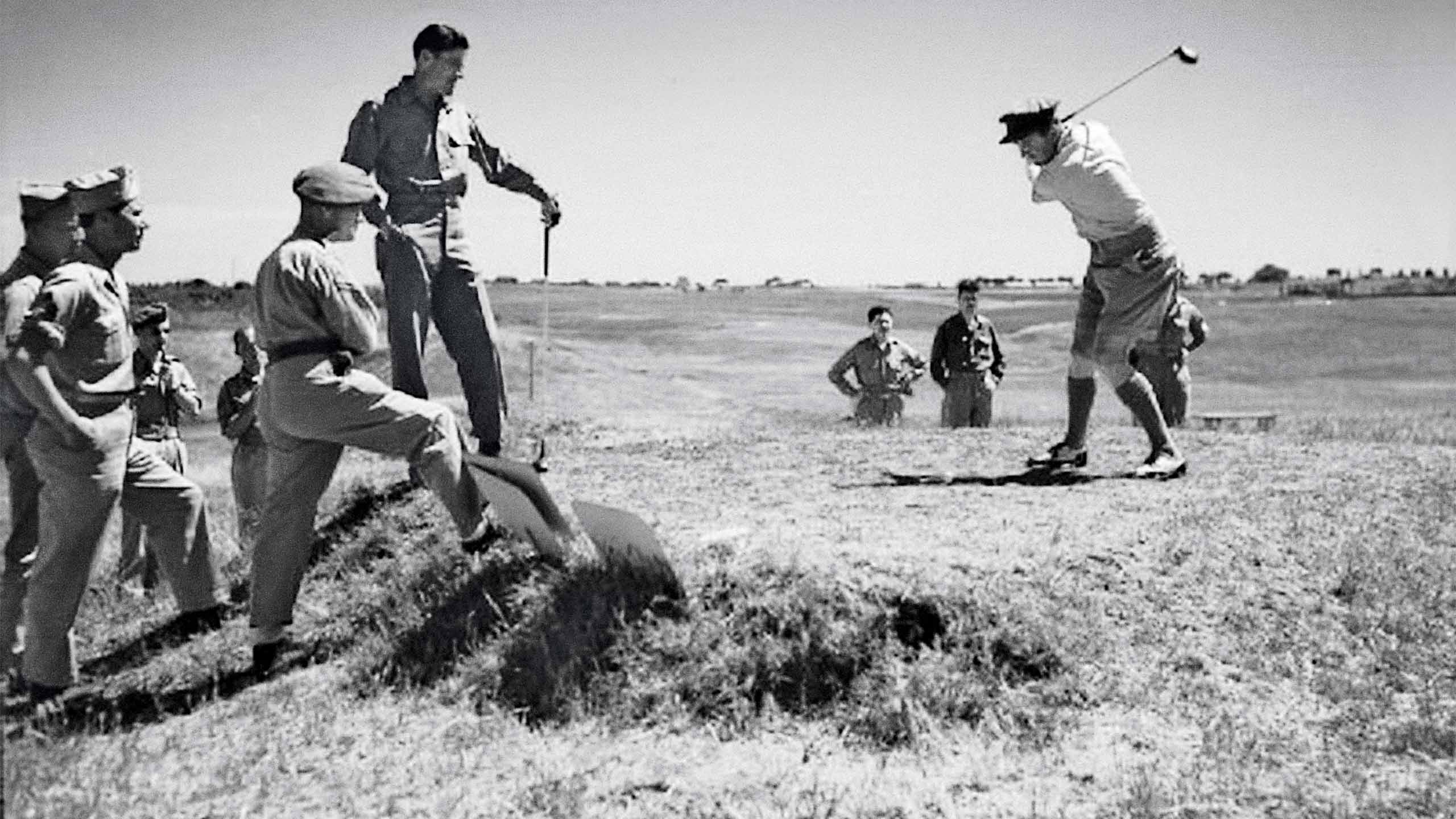If there’s one quality that defines Ben Hogan’s legacy in golf, it’s his ball-striking. Perhaps the best iron player of all time, sporting what is arguably the most idolized swing in history, his prowess from tee-to-green lives on in the minds of golfers everywhere.
Which is why I was pleasantly surprised when, while casually flipping through an August 1975 edition of GOLF Magazine, I read about Hogan espousing the importance of the opposite.
The article is titled “Ben Hogan Remembers,” and features a wide-ranging interview from a then 62-year-old Ben Hogan about the best year of his career: his iconic 1953 season, when he won all three majors he entered.
This particular insight came during a conversation about his putting. Saying that he was a good-if-unspectacular putter, Hogan said the true key to good golf (and indeed, his success in ’53) wasn’t the product of his putter, or even in the quality of his best shots. But, rather, in his misses.
"They all have good swings. But good swings don't win golf tournaments. Good management does."
— LKD (@LukeKerrDineen) December 13, 2021
– Ben Hogan pic.twitter.com/IWBLN2ZlNS
“The greatest thing in golf is to be able to save shots,” Hogan says. “Anybody is going to make a lot of pars and birdies. The trick is to save shots when you miss. You don’t play 72 holes without missing some shots.”
That’s a nice idea, Mr. Hogan, but how can we actually accomplish that?
Know your distances
Hogan says it comes down to distance control, and the ability to know how far you hit each of your clubs.
“It’s just as bad to hit a ball too far or too short as it is to hook or slice,” he says. “You don’t have to be the world’s greatest golfer if you can manage your game. You need to organize yourself, mentally and physically. The first tee is a good place to organize. That tee shot is just as vital as the putt on the 72nd hole. You can lose the tournament right there.”
It’s some good advice from one of the greats. Organize yourself, starting with knowing how far you hit each of your clubs. It doesn’t matter how far you hit your clubs, but it does matter that you know how far you hit your clubs. If you avoid the classic high-handicap error of overestimating your distances and missing short as a result, you’ll start playing your best golf.
